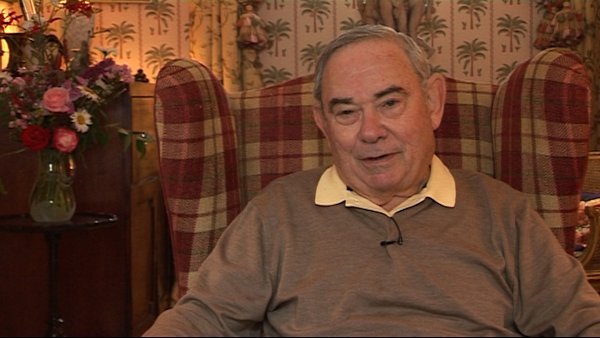NEXT STORY

Alzheimer's disease is not a major cause of death
RELATED STORIES

NEXT STORY

Alzheimer's disease is not a major cause of death
RELATED STORIES



Bob Butler – the first director of the National Institute on Aging – and I had decided to write a paper on this issue and try to encourage people to conduct more autopsies, which is probably a losing proposition. Unfortunately, Dr Butler died about six or eight months ago, at a very young age – a tragic event in the lives of most of us in the field – so we never did get to write this article. And he had information, as a physician, that I, as a Ph.D., did not have, so I don't know that that issue is going to be pursued, but it's very important for people to understand that the causes of death in old age are rarely established with absolute certainty. In fact, I did write an article on this, in which I found that there were only two or three situations in the world where researchers – in Israel, the United States, and I think the United Kingdom – had assembled some small number, 25 or 50, autopsies of older people, for their own research purposes. They had funds to do it, because one of the reasons people don't do autopsies is because it's costly. No family member would probably want to do it just to satisfy some research curiosity, and hospitals surely don't want to pay for those... for that kind of examination, just to learn what caused death, when they're economically stressed already. In any case, the studies that I'm referring to, that did occur with small numbers of people, revealed something that was probably not unexpected. A bit less than half of the populations that they looked at, who were autopsied, died from causes other than what was reported on their death certificates. Now that's significant, because an enormous number of public health policies that are made by decision-makers are based on what is believed to be very accurate causes of death, at every age. If you're making a rule, or a law, or a public health regulation based on the causes of death in older people, with a 50% error rate, you've got a problem.
Leonard Hayflick (b. 1928), the recipient of several research prizes and awards, including the 1991 Sandoz Prize for Gerontological Research, is known for his research in cell biology, virus vaccine development, and mycoplasmology. He also has studied the ageing process for more than thirty years. Hayflick is known for discovering that human cells divide for a limited number of times in vitro (refuting the contention by Alexis Carrel that normal body cells are immortal), which is known as the Hayflick limit, as well as developing the first normal human diploid cell strains for studies on human ageing and for research use throughout the world. He also made the first oral polio vaccine produced in a continuously propogated cell strain - work which contributed to significant virus vaccine development.
Title: Death certificates with 50% error rate
Listeners: Christopher Sykes
Christopher Sykes is a London-based television producer and director who has made a number of documentary films for BBC TV, Channel 4 and PBS.
Tags: Robert Butler
Duration: 2 minutes, 40 seconds
Date story recorded: July 2011
Date story went live: 08 August 2012